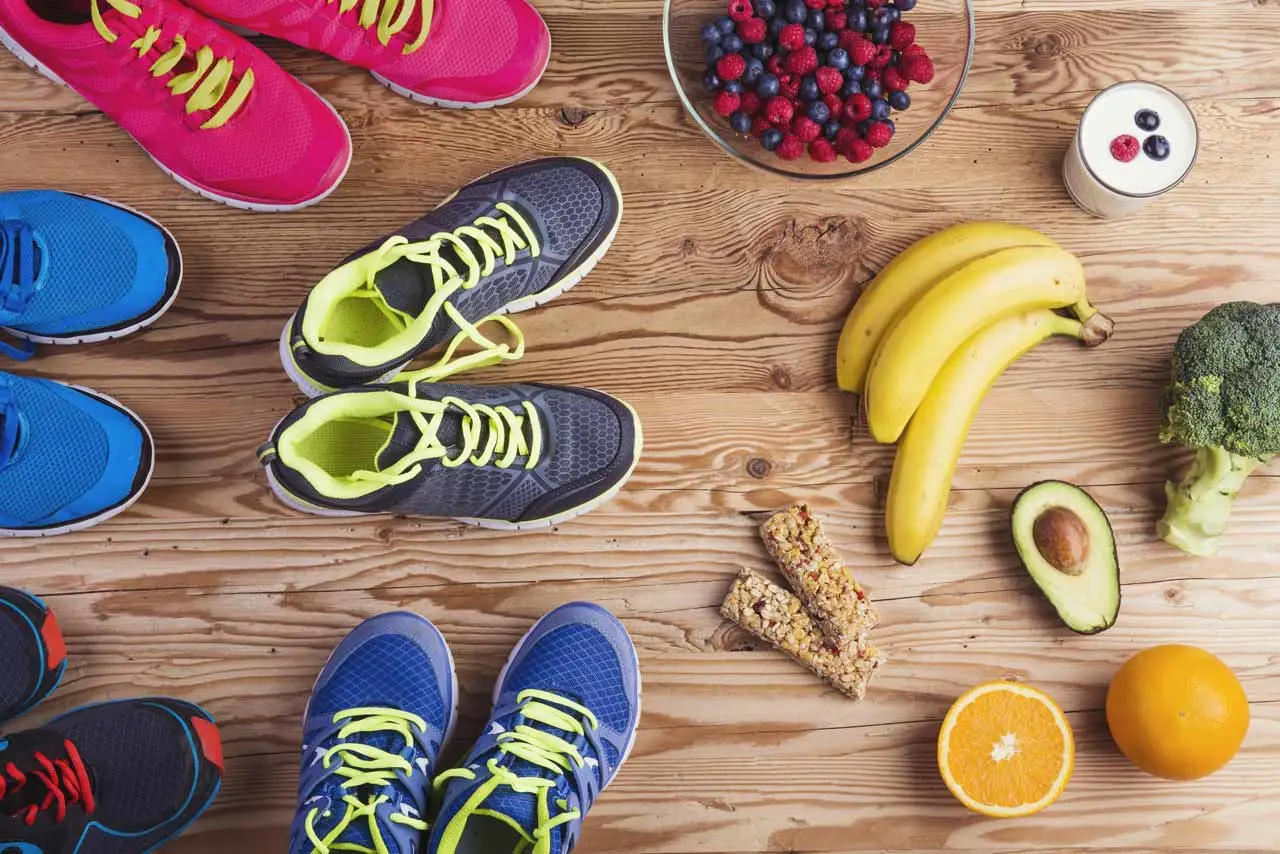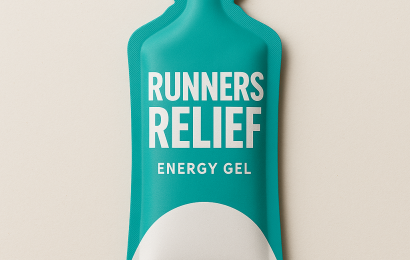
Nutrition on race day for a half marathon
Nutrition on race day for a half marathon always raises a slew of questions, including what to eat! Here’s our best expert advice on what to eat (when to eat it, and why) on race day.
Breakfast
Breakfast should be consumed 1.5-2 hours before the start of the race.
On the days when you do your longest runs, try out your pre-race breakfast. The best race-day breakfasts are high in carbs, low in fat, and high in fibre, with a little protein. This is due to the fact that carbs provide energy, but fat slows digestion (and you don’t want to digest your energy slowly right before a race). Breakfast cereal with Greek yoghurt and berries, porridge oats with fruit, eggs on toast, or eggs on toast would be ideal.
Breakfast should not be overly filling. You don’t want to feel ill or bloated on your way to the race. Race day feels strange, but if you think of the race as a distance, it’s most likely a distance you’ve run before (or close to, anyway).
Caffeine’s function
Should you get a cup of coffee on race day? If you’re used to drinking caffeine and know it doesn’t bother you, then yes – studies show caffeine has some significant sports performance benefits such as focus, alertness, and a lower perception of effort. Don’t get a fancy, creamy coffee. Keep it simple with an espresso, filter coffee, or Americano with a splash of milk.
Before we begin
You might want to eat something extra between breakfast and the race, especially if it’s a half marathon. Bring a banana, rice cakes, a low-fat cereal snack bar, or dried fruit. Don’t overeat or stuff your stomach. Simply keep your energy levels up.
You might also want to bring a bottle of water, sports drink, or electrolyte drink to sip before the race begins. Remember, there are several water stations along the route, as well as one at the finish line.
How do gels work?
Should you use energy gels on race day? Energy gels are great because they are small, portable, and specifically designed for endurance sports like half marathon races.
If you’ve used energy gels in training, bring some with you on race day. Check that they will fit into a pocket or fuel belt.
Depending on the calories and carbohydrates in the gels, you may require 2-3 per hour (all gels have recommended intake on the label). Choose isotonic gels, which have already been mixed with water, so you don’t have to wait for a water station and juggle a gel and a cup of water! Please don’t leave your gel packets on the course; instead, put them back in your pocket. Thank you very much.
To avoid hitting the wall, eat properly.
What exactly does “hitting the wall” imply? It’s a way of describing the unpleasant sensation of your body running out of easy fuel. When you run long distances, your body’s natural glycogen stores are depleted (most of which are in your muscles). At this point, your body must switch energy sources in order to obtain the calories it requires. Consuming carbohydrates and calories during the race can help, but it’s really only necessary for runs lasting more than 90-120 minutes.
Great, we now understand nutrition on race day, but what about after the race?
Your race-day nutrition plan does not end when you cross the finish line. You’ll be exhausted, sweaty, and ecstatic, but your body will have only one priority: recovery. So, to assist yourself on the road to recovery, eat and drink with this in mind.
Drink water and eat a snack with a good balance of carbohydrates and protein after the race. Eat a normal meal after a few hours – whatever you want, but try to get a decent serving of protein (meat, fish, seafood, eggs, pulses, or a vegan source of protein like tofu/seitan).



